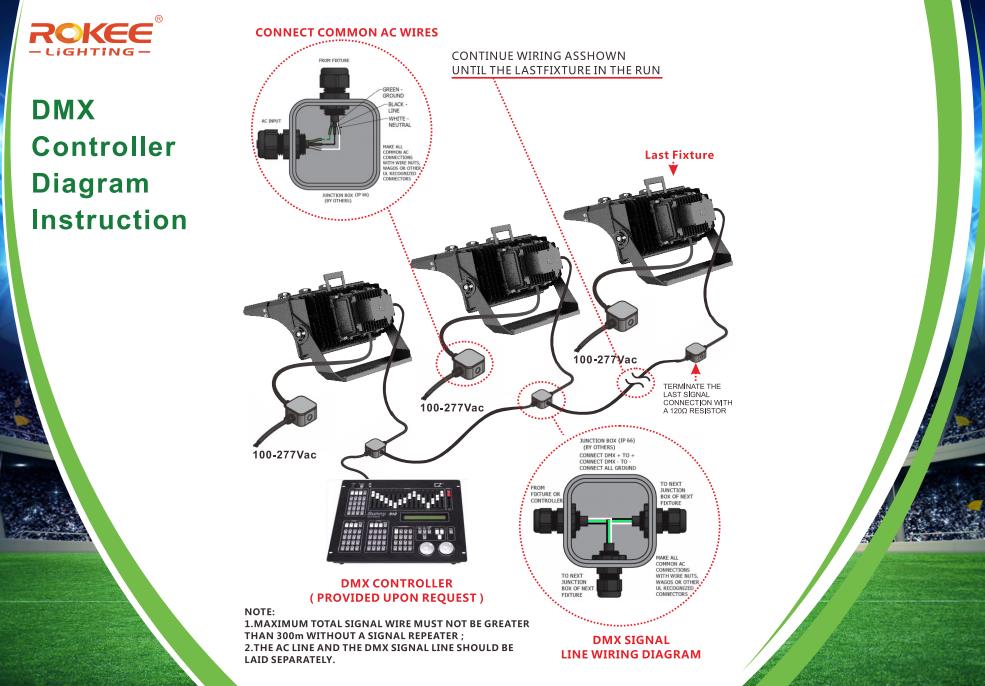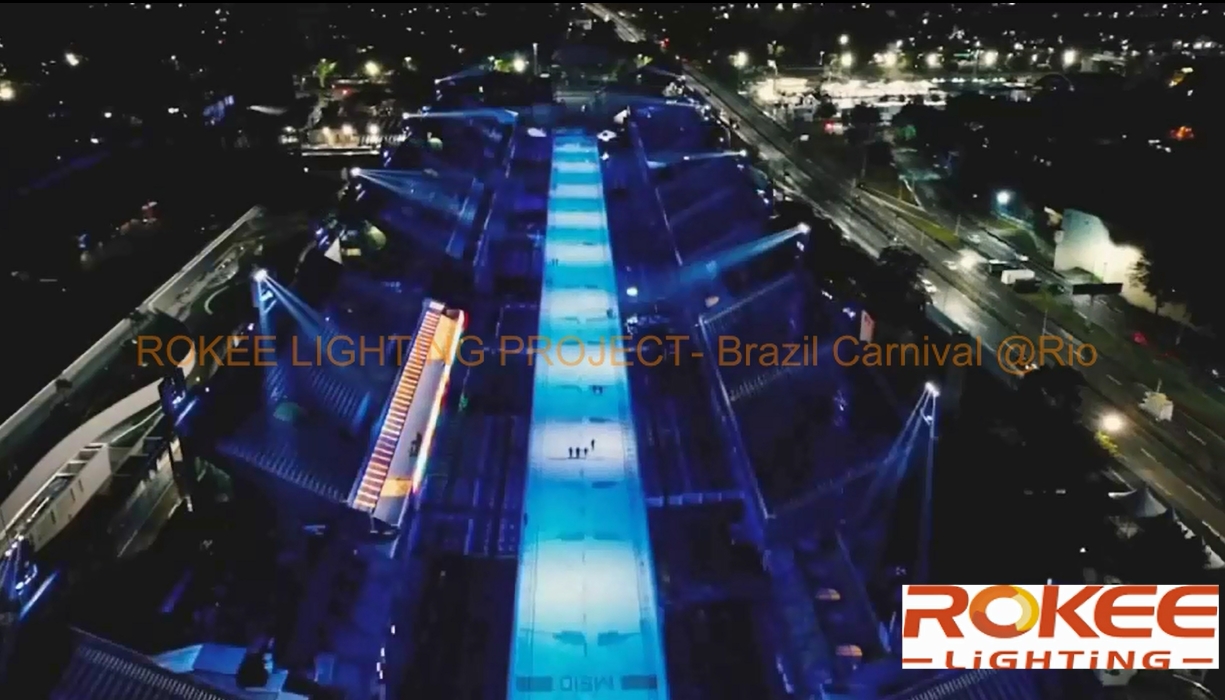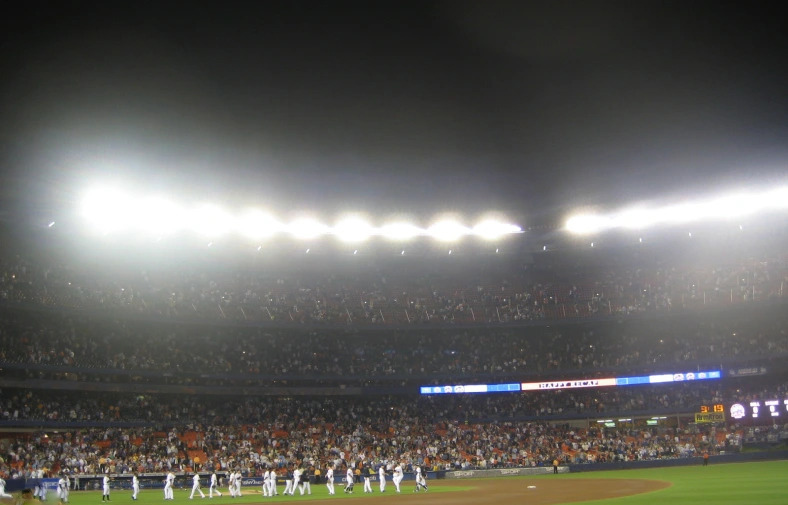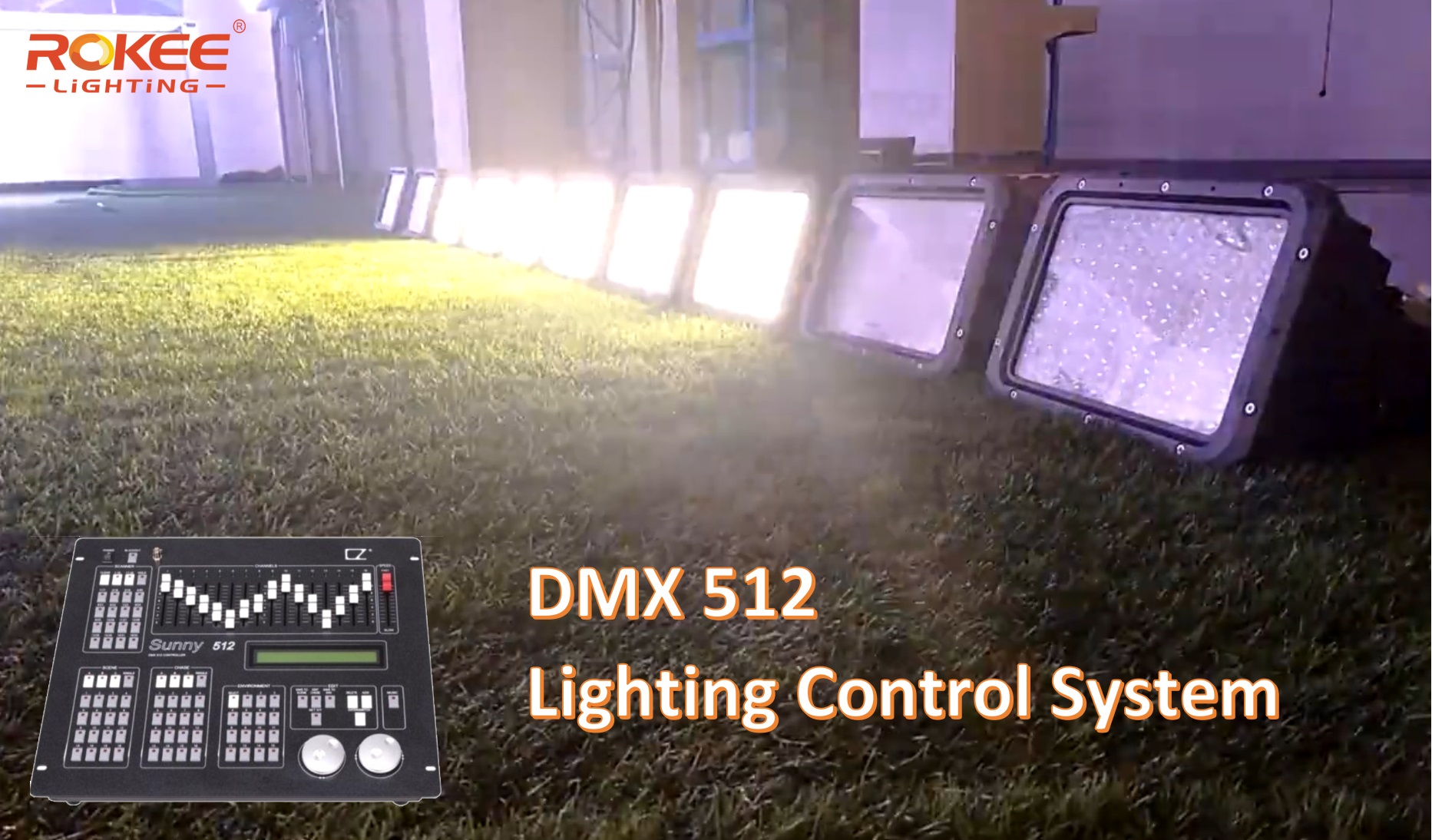Lighting plays a vital role in creating the atmosphere of a stadium. One of the technologies that has revolutionized stadium lighting is the digital multiplexed signaling (DMX) system. In this article, we will take an in-depth look at the basics of the DMX512 system, how it is installed, and how it can be used in stadium lighting.
Introduction to the DMX System
DMX systems are the standard for digital communication networks and are commonly used for stage lighting and special effects. They were originally used to control dimmers, which were developed using a variety of incompatible proprietary protocols. However, DMX512 has since been used to control a variety of other stage lights and special effects, making it a versatile solution for lighting designers.

DMX Basics
DMX stands for Digital Multiplexing and is a communication protocol used in most automated lighting systems. It is a way for the lighting console (or computer) to talk to the lights.DMX data is sent as a serial data stream that can control up to 512 channels per line. Each channel can be assigned a value between 0 and 255, which can indicate anything from intensity levels, color values, or location information.
Intensity Level
The intensity level is the brightness or darkness of the light. In a DMX system, each channel can control the intensity level of the fixture. The value assigned to the channel (ranging from 0 to 255) determines the intensity level. A value of 0 usually means the light is off (no intensity) and a value of 255 means the light is at maximum brightness.
Color Value
A color value is a specific color that a light can produce. In a DMX system, colors are usually controlled using multiple channels, each representing a primary color (usually red, green and blue, called RGB). By varying the intensity levels of these primary colors (each level is assigned a value between 0 and 255), various colors can be produced.
Position information
Position information is especially important for moving lights, such as those used in stage shows or concerts. In a DMX system, one or more channels can be used to control the position of moving lights. The value assigned to a channel can indicate a specific position or angle that the light should be moved to. This allows precise control over the movement of the lights to create complex lighting effects and patterns.
Installing the DMX512 System
Installing a DMX512 system involves several key steps. First, you need to consider the number of fixtures and channels you need to control. Each fixture will need a dedicated DMX address via a DMX decoder unit. You should also consider the power level of each fixture, as each DMX controller can handle a certain amount of power before it goes into overdrive.
Connecting a DMX512 System
The DMX512 is always connected in a serial topology for the purpose of unit addressing. Once each light in a unit/fixture is connected in series, you can move to the next fixture. This method involves feeding an initial DMX cable into the first fixture, and that cable forms the input to the second fixture from the output of the first fixture, and so on.

DMX512 in Stadium Lighting
DMX512 systems are widely used for stadium lighting because of their versatility and efficiency. They allow precise control of lighting fixtures to create dynamic and engaging lighting effects. In addition, DMX512 systems are not manufacturer-specific, which means you can use different brands of DMX512-certified equipment in the same installation without inconsistent results.
Benefits of DMX512 in stadium lighting
Flexibility and control
One of the main advantages of DMX512 in stadium lighting is the flexibility and control it offers. With DMX, you can control each light individually, creating complex and dynamic lighting effects. This is particularly useful in stadiums, where the lights need to be adjusted frequently for different events.
Energy efficient
The DMX512 system is also very efficient, resulting in significant energy savings. Because DMX controls each light precisely, it ensures that no energy is wasted. This is especially important in sports stadiums, which often have hundreds or even thousands of lights.
Versatility and compatibility
DMX is a versatile and compatible system. It's not manufacturer-specific, which means you can use different brands of DMX-certified equipment in the same installation without inconsistent results. This makes it a cost-effective solution for stadium lighting.
Practical application of DMX512 in stadium lighting
The Carnival in Brazil uses DMX512 systems to control over 1,000 LED SPORTS LIGHTs to create dynamic lighting effects for different events.

The DMX system is also used to light stadiums in Canada. The system allows the stadium to change the speed of its lights, creating a unique visual experience for spectators.

Rokee latest release stadium lights DMX white light control effect show video.
Welcome to watch the video for more information: https://youtu.be/W3jcVSHao6Y?si=kEadYORAW40bdrmB

For more information, please contact rokee@rokeelighting.net